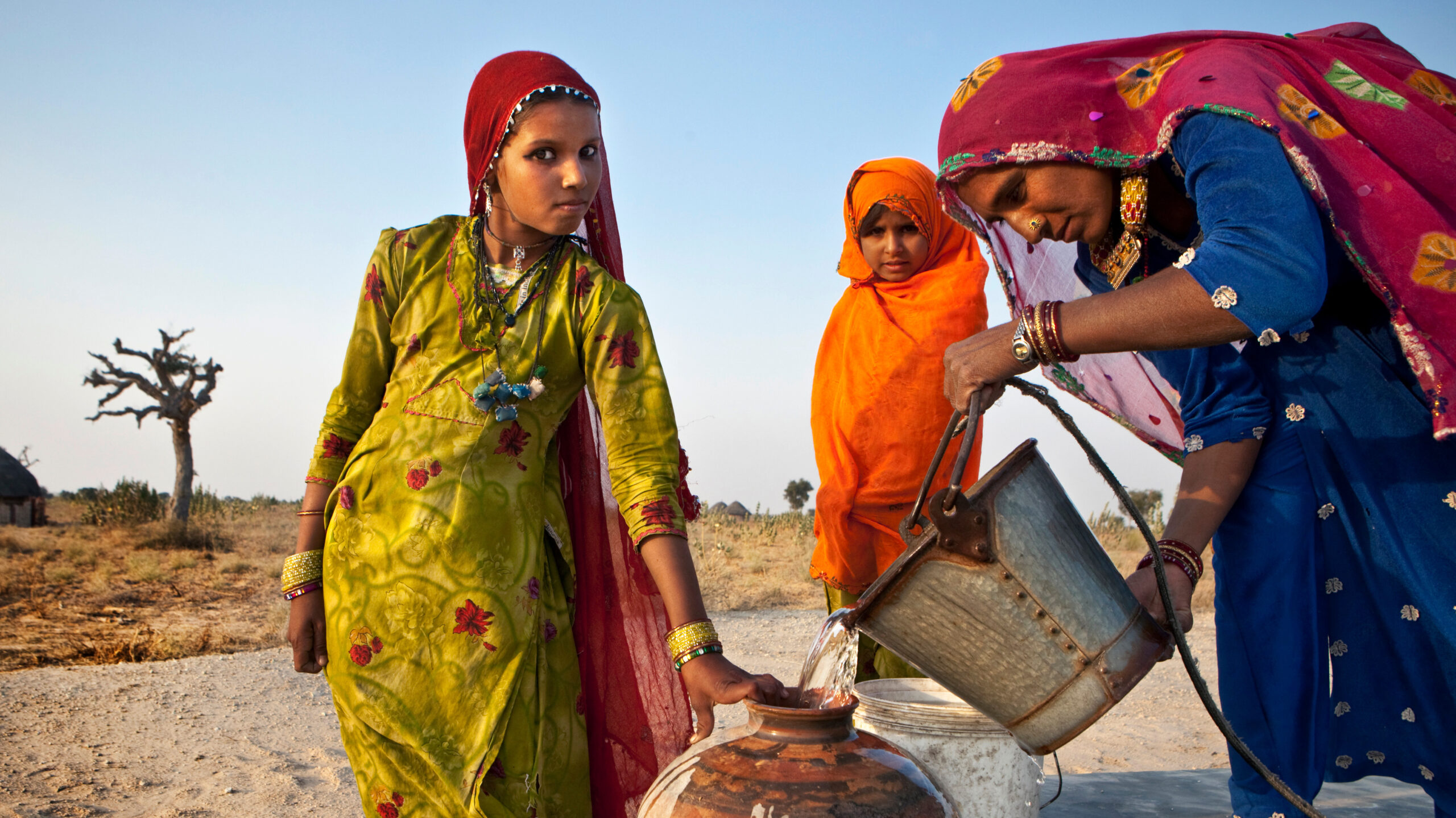Machines can do wonders for productivity, driving down the cost production and, ultimately, the consumer’s price for a given product.
As agriculture in Africa becomes increasingly intensified, the demand for machines (such as tractors and power tillers) by smallholder farmers has similarly surged. In many developing countries, agricultural lands are vast in relation to the limited supply of available labor. Farm workers are moving to cities and nonfarm jobs, and labor has become more expensive, making mechanization that much more attractive to farmers. However, farm machines are expensive. Smallholders need government support to access the necessary technologies to improve productivity and better compete in the global marketplace.
In a December 2012 Discussion Paper, “Mechanization in Ghana: Searching for Sustainable Service Supply Models,” IFPRI researchers look at how African countries—specifically Ghana—can sustainably meet the technology needs of smallholder farmers. They do this by analyzing how Bangladesh, China, and India successfully mechanized during similar stages of development.
In the 1970s and 80s, government-led mechanization in Africa was no strange sight. But following the structural adjustment programs of the 90s that severely slashed public expenditures, such programs fell by the way side.
Recently though, attitudes have changed. Governments in Ghana and Nigeria have once again begun to invest in agricultural mechanization. In 2007, the government of Ghana amplified its support through Agricultural Mechanization Service Enterprise Centers (AMSECs), private-sector entities designed to offer farm equipment at subsidized prices. The program has not been without its challenges. For example, the AMSEC contribution to the government subsidy is not reflected in the final price to the farmers: AMSEC and non-AMSEC prices turn out to be the same.
So what lessons can Ghana learn from the Bangladesh, India, and China models of mechanization? Researchers concluded that the government should reconsider its support for the AMSEC model, explaining that it is unlikely to be profitable and that farmers may benefit more by purchasing their own used or government-allocated tractors and hiring out mechanized farming services to others in addition to servicing their own farms. Government policy should focus on the private sector that has been involved in importing used farm equipment for more than 20 years.







